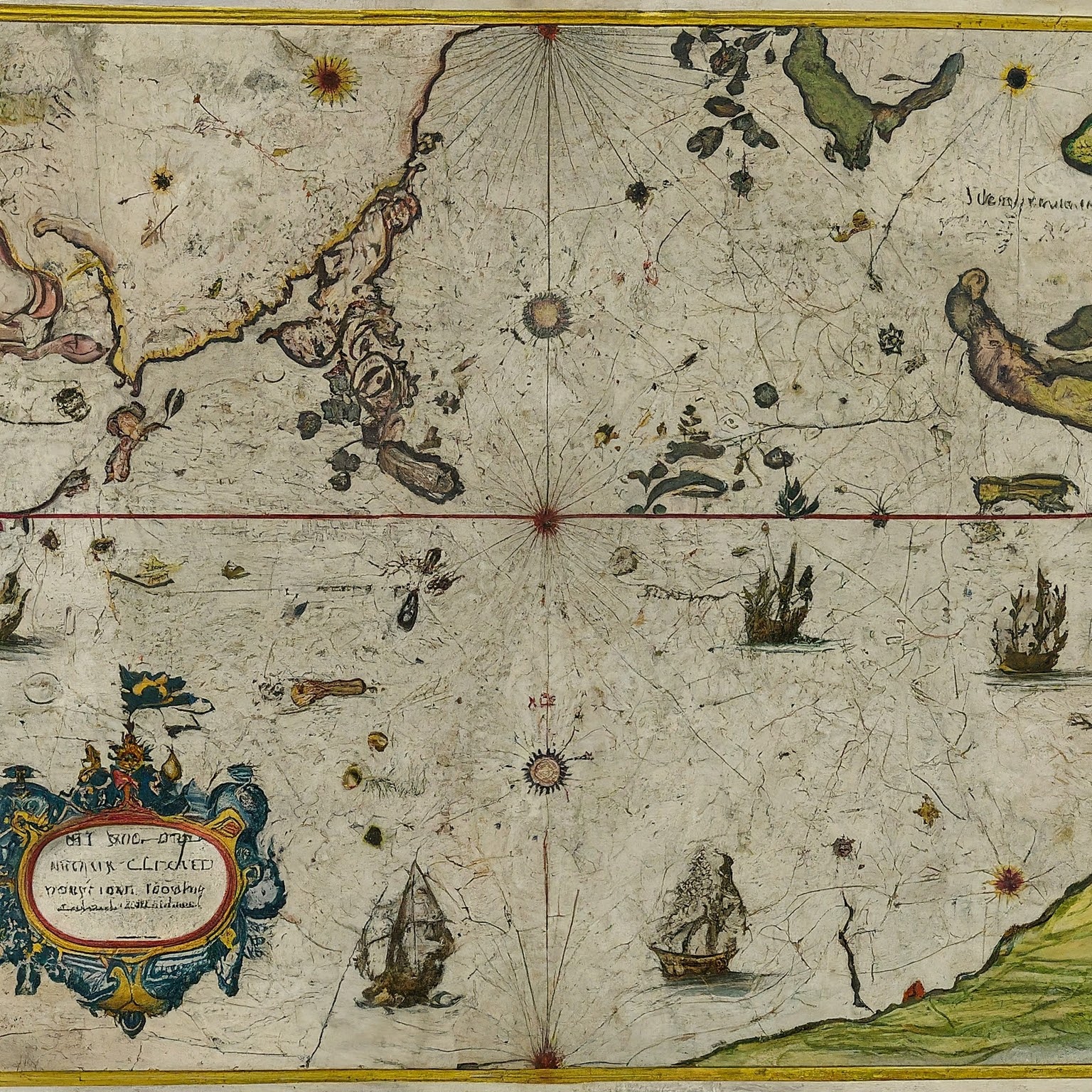Charting the Erasmus: Mapping Blackthorne's Odyssey in Clavell's Shogun
In James Clavell’s sweeping historical novel, “Shogun,” the perilous voyage of the Dutch ship Erasmus serves as a catalyst for the clash of cultures between East and West. Englishman John Blackthorne, the ship’s pilot, is thrust into the heart of feudal Japan, his journey across the vast Pacific mirroring a metaphorical passage into a world of intrigue, honor, and conflict. While Clavell offers no definitive map within the narrative, we can reconstruct Blackthorne’s likely route, illuminating the extraordinary challenges and the transformative nature of his odyssey.

The Erasmus’ journey begins in Rotterdam, Netherlands, a testament to the burgeoning maritime prowess of European powers in the late 16th century. Driven by ambitions of trade and expansion, Blackthorne charts a course southward, braving the treacherous Strait of Magellan at the tip of South America. Historical records attest to the dangers of this passage: unpredictable winds, frigid temperatures, and the constant threat of shipwreck. Clavell vividly depicts the hardships endured by the crew, emphasizing their relentless determination in the face of relentless adversity.
The vast expanse of the Pacific Ocean poses the next formidable challenge. With rudimentary navigational tools, Blackthorne and his crew would have relied on celestial observations, their course subject to change due to storms, currents, and the ever-present threat of dwindling supplies. It is likely the Erasmus made landfall on various Pacific islands, seeking replenishment and respite from the relentless ocean. These unnamed islands serve as fleeting moments of encounter with unknown peoples and ecosystems, foreshadowing the more consequential clash of cultures to come.
The culmination of Blackthorne’s journey is the dramatic shipwreck on the coast of Japan, a pivotal moment in both the narrative and in the context of Japanese history. Clavell situates the fictional village of Anjiro in what is now present-day Izu Peninsula, a plausible location given the historical trade routes of the time. This fateful arrival marks a turning point — Blackthorne is thrust into a world governed by unfamiliar codes of honor, feudal power structures, and a deep-rooted suspicion of foreigners.
While a precise map of the Erasmus’ route remains elusive, the act of tracing its path offers valuable insights. It reveals the sheer audacity and grit required for such maritime expeditions during the Age of Exploration. Additionally, it underscores the transformative impact of intercultural encounters, highlighting how Blackthorne’s journey serves as a microcosm for the broader collision between the European and Japanese worlds at the turn of the 17th century.
By piecing together historical context and Clavell’s rich descriptions, we can chart a course that, while approximate, illuminates the remarkable odyssey of John Blackthorne and the Erasmus – a testament to human resilience, the allure of the unknown, and the profound consequences of cross-cultural exchange.